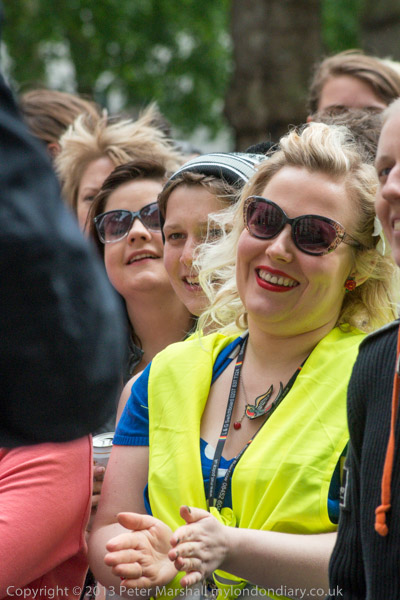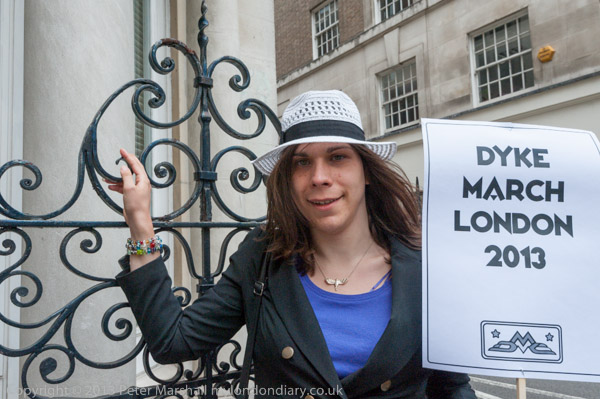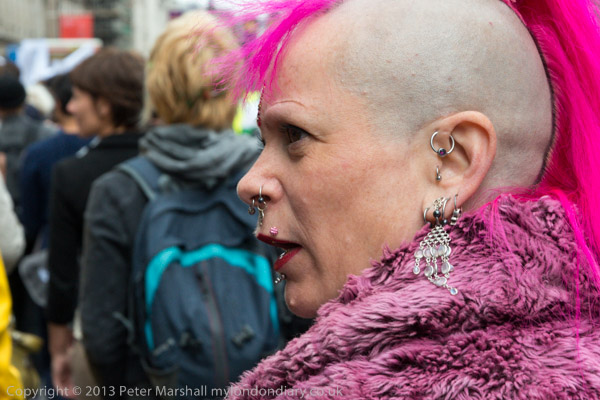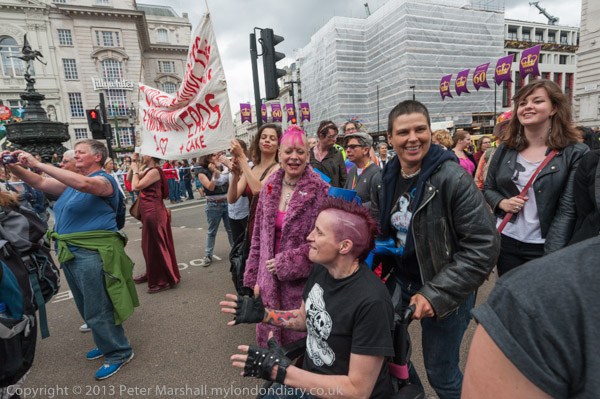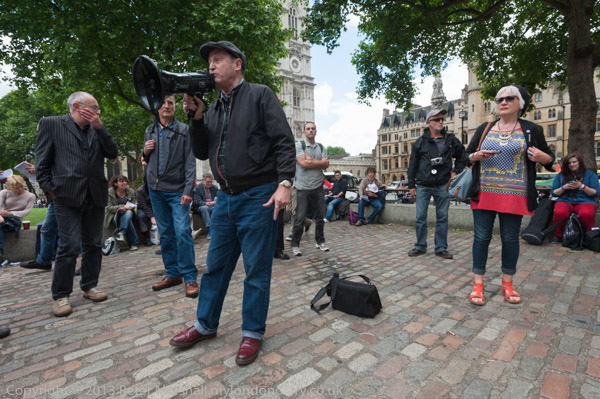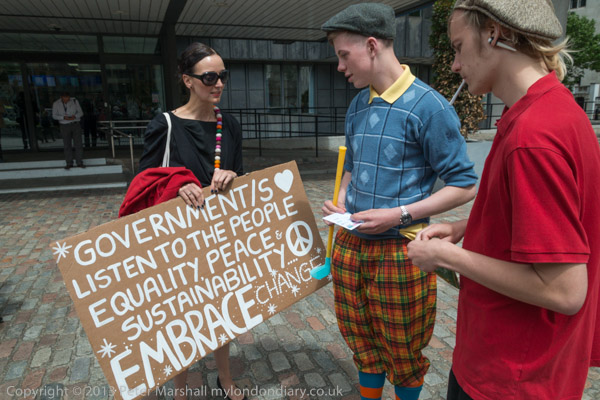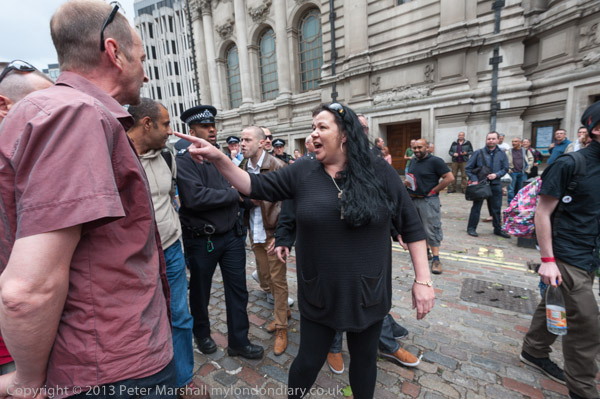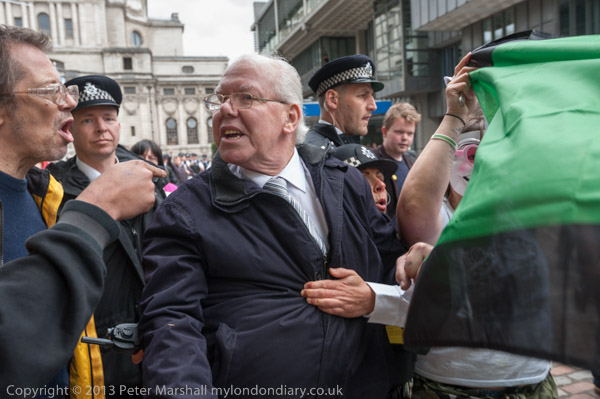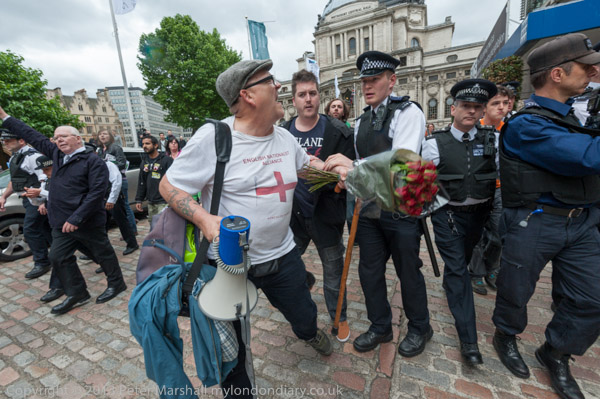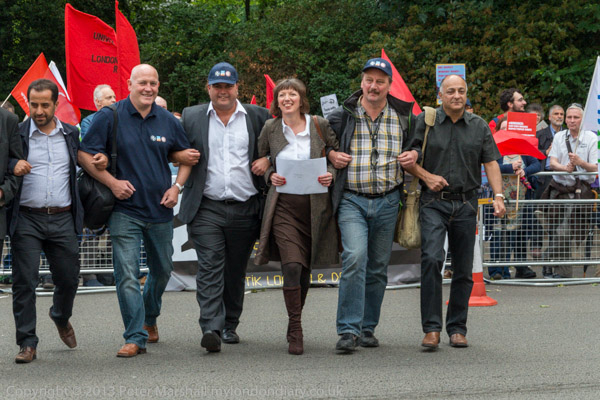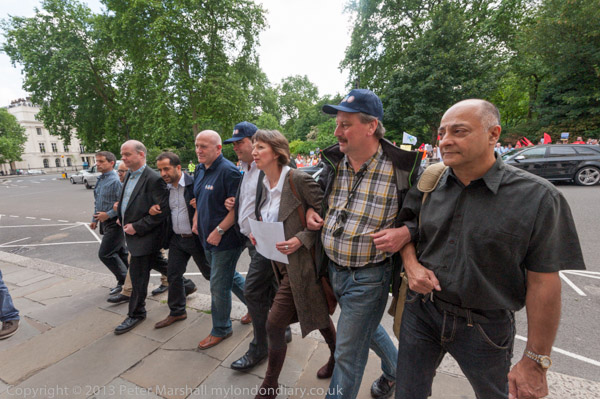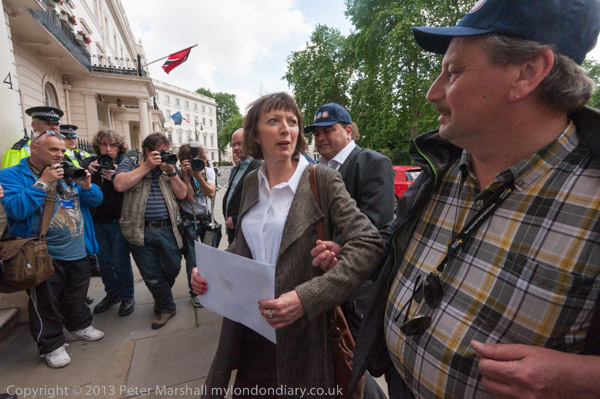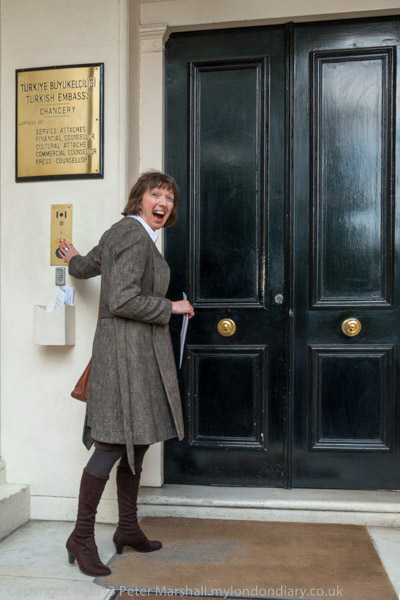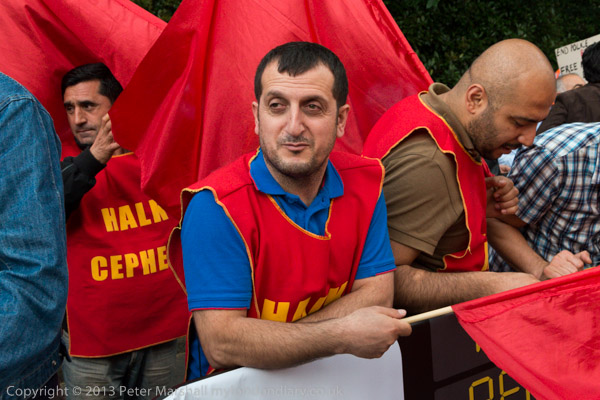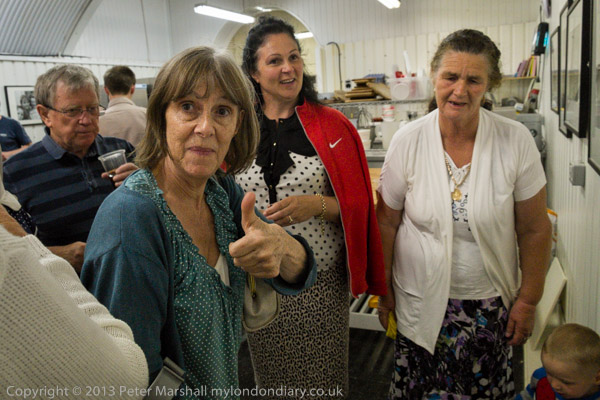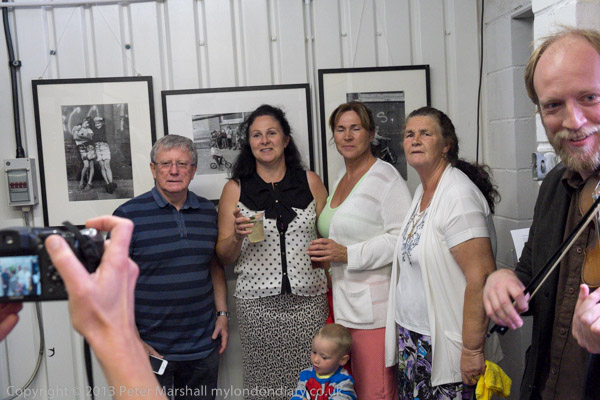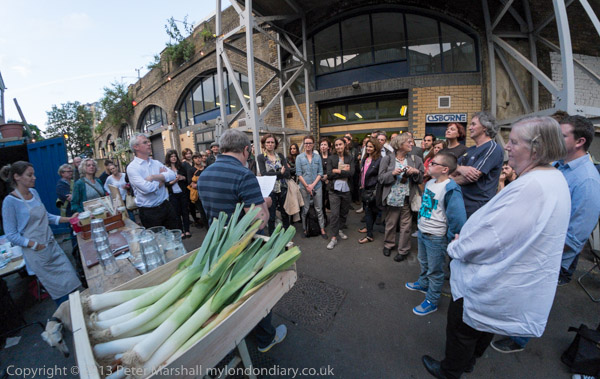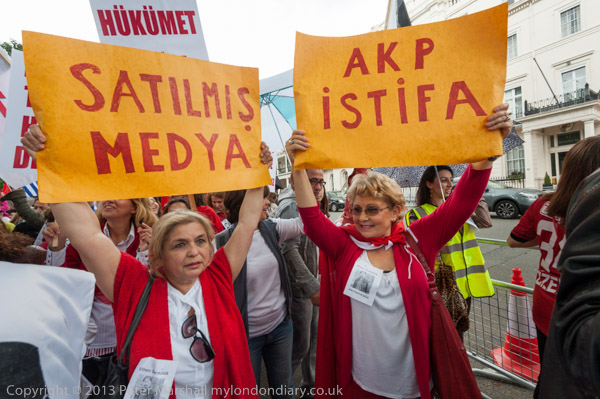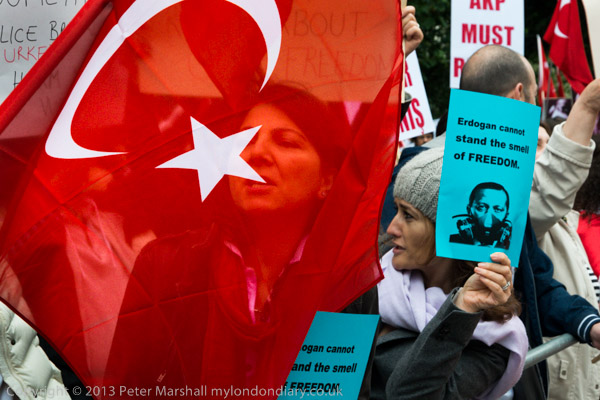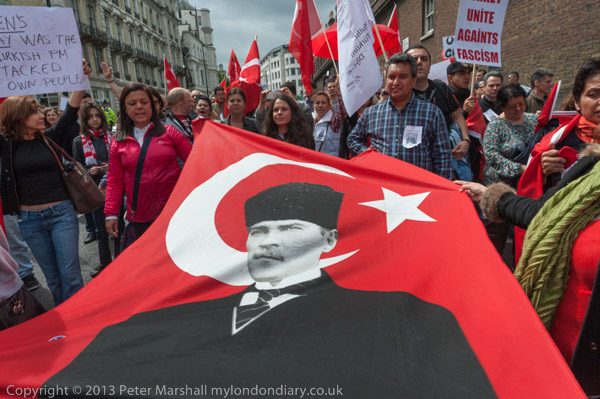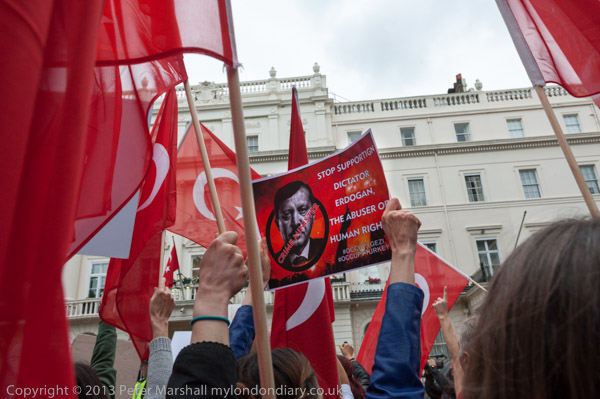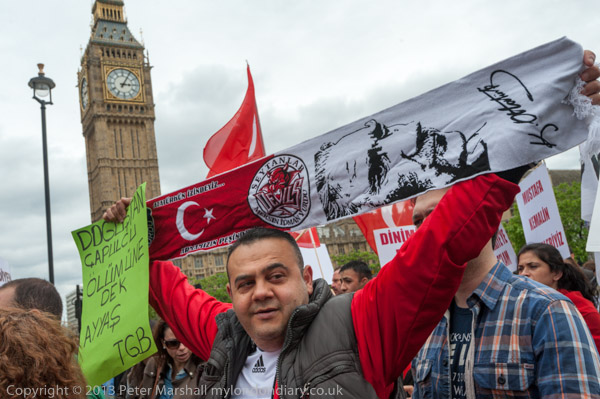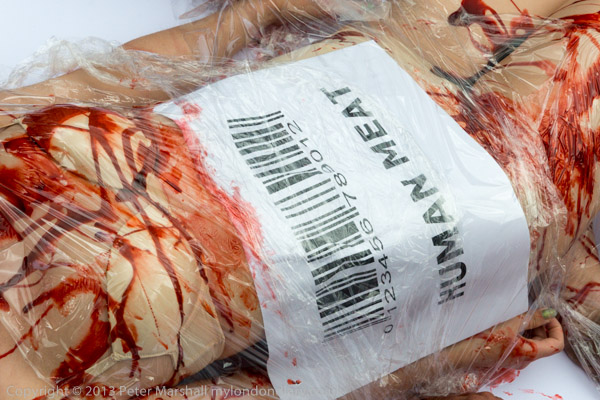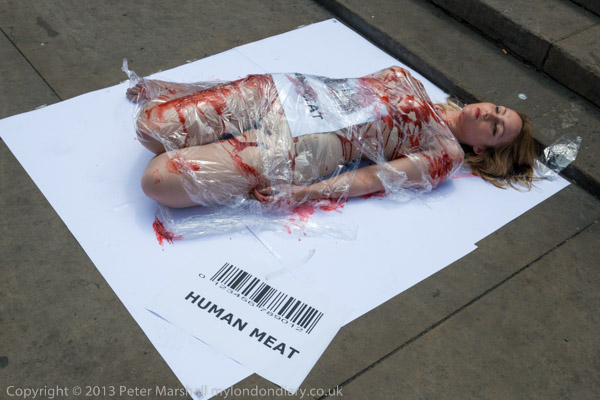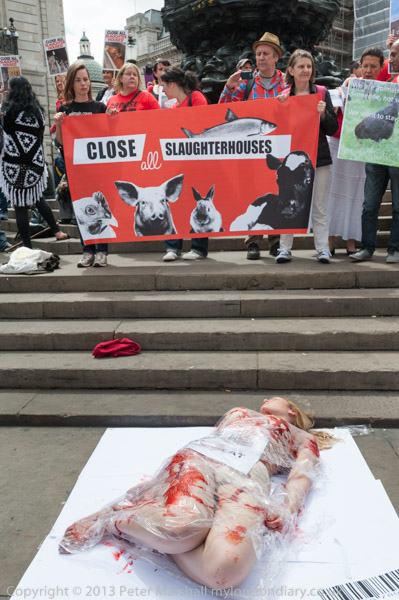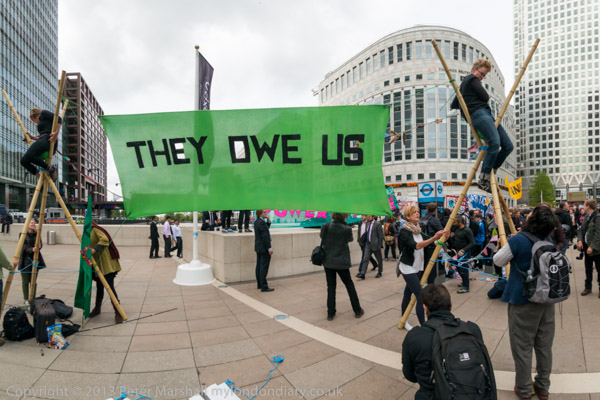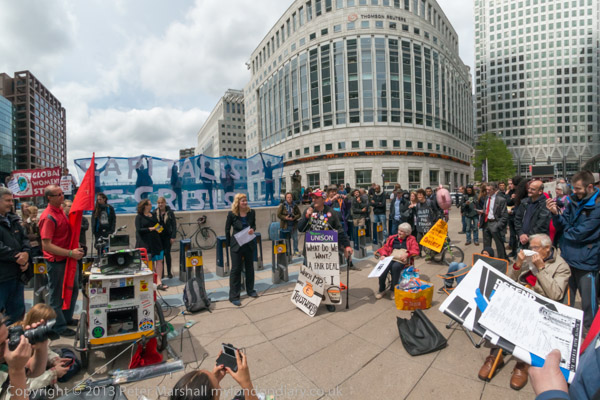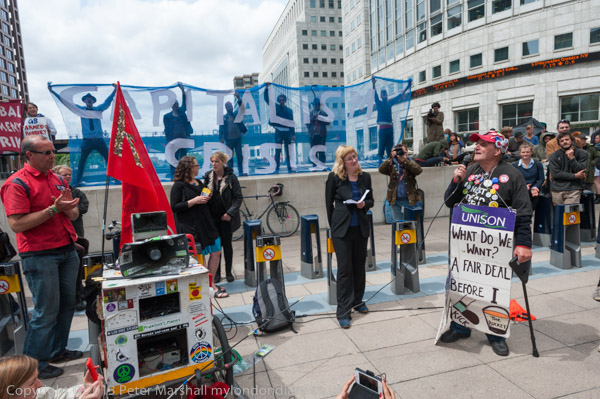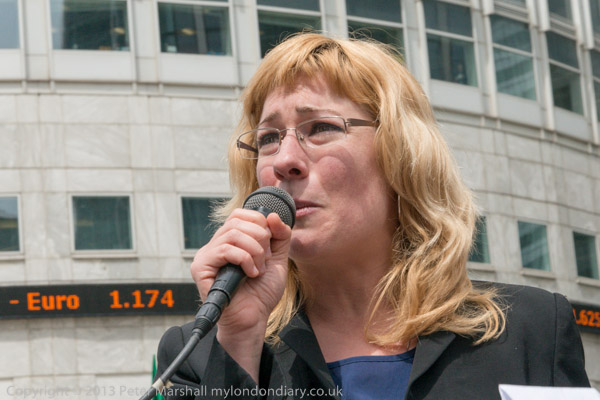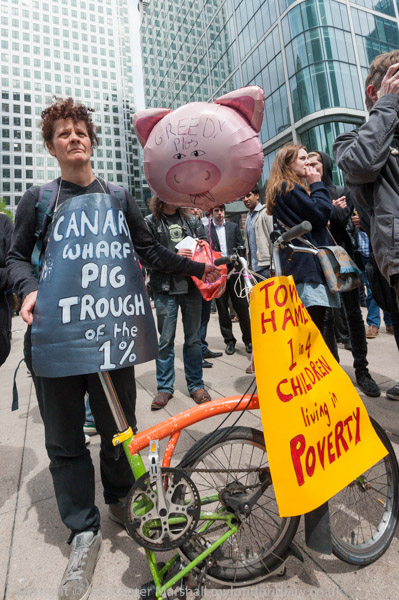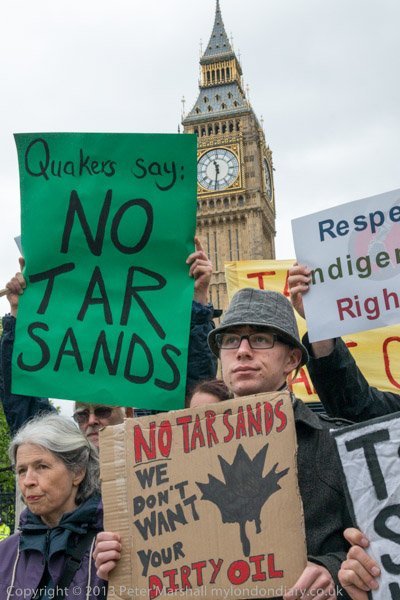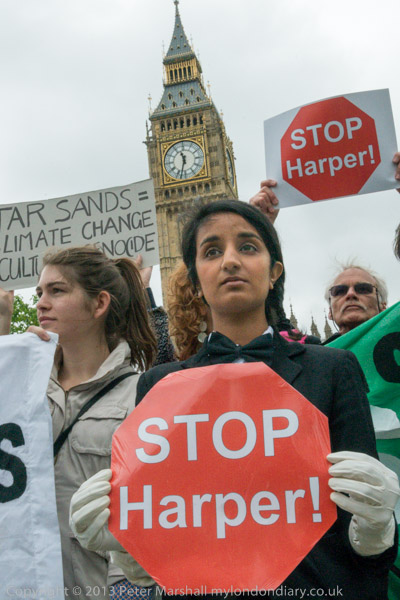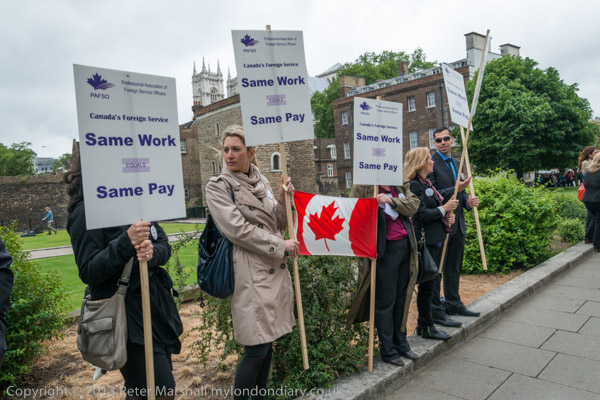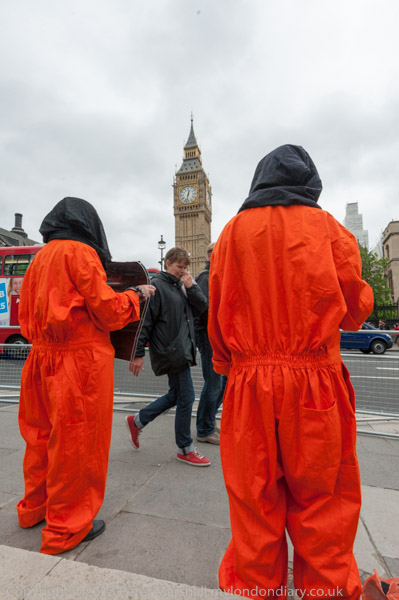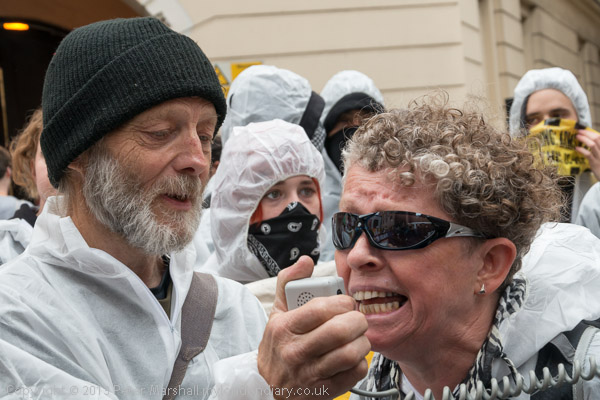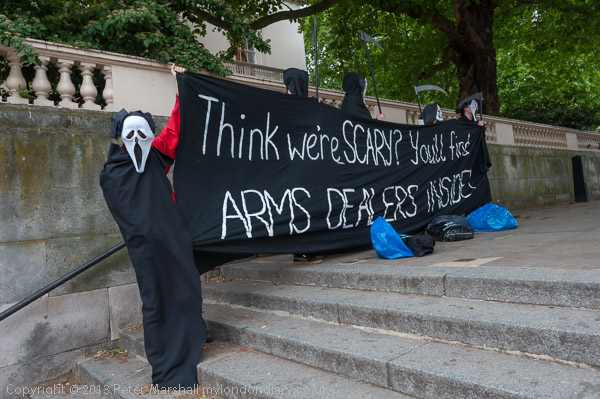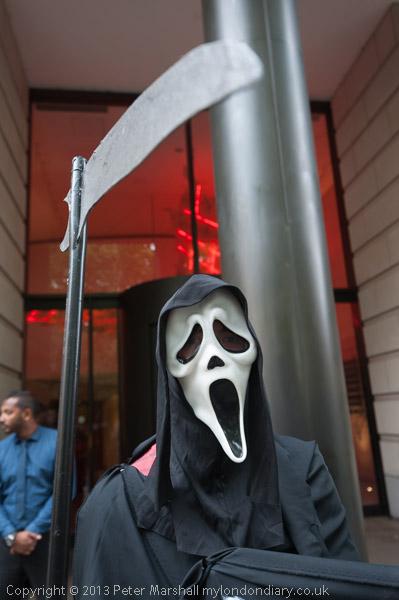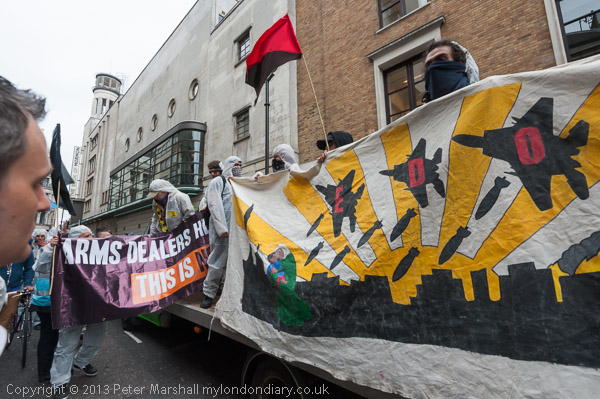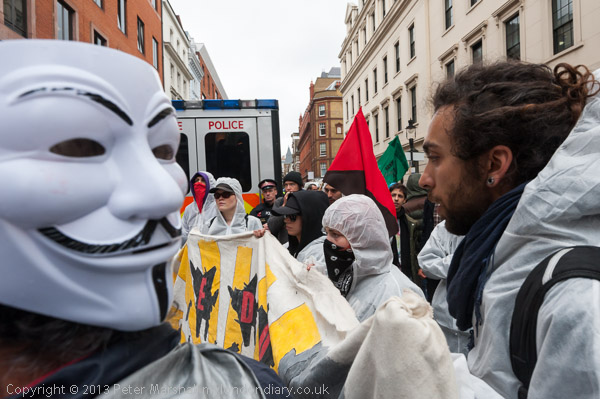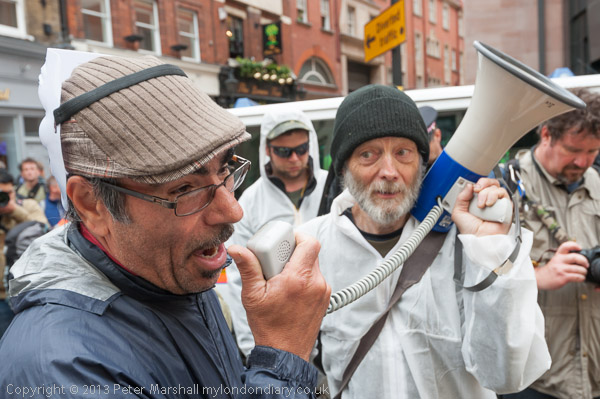Ignacio Evangelista is a Spanish photographer with a degree in Psychology whose work you can see on the Turn On Art web site in his 2013 project After Schengen which shows some of the border crossings in the EU that were abandoned in 1995 when the Schengen treaty brough free movement of people and goods across much of the EU. It’s a nice idea, which got him the 2013 Project Development Grant from CENTER in New Mexico, though I can’t get very excited about the large format images as they are presented on screen – perhaps they look rather better for real.
But what brought me to Turn on Art was not his photography, but a feature written by Evangelista, Are photo reviews a good investment? in which he writes about the growing number of portfolio review events for photographers and proposes “to edit a guide based on Portfolio Reviewers, such as hotels or restaurants guides, with scores marked by coloured stars and users’ comments.” (Thanks to Alan Griffiths of Luminous Lint for bringing it to my attention on Facebook.)
The feature gives a good description of what these reviews are and of the costs and possible benefits they bring to photographers. I’ve never attended one as a photographer, but back in the days when I wrote for a slightly more popular and influential web site than >Re:PHOTO (it had perhaps six times the readership here, though of course what matters is really quality!) I was invited to attend just one as a reviewer. You can read a whole series of posts about the event and some of the better photographers that brought there work to show me, starting with Rhubarb Rhubarb: Three Canons.
We reviewers certainly had a great time, and for a few of the photographers it was an important stepping-stone in their careers, with several exhibitions and at least a couple of books coming out of the event. But I was left wondering whether I would go to such an event – and from what I’ve heard this was one of the best – as a photographer.
Back in olden times, when I was beginning my active fascination with the medium there were no such things, but I did find it very helpful to show my work to other photographers and to talk with them about it. I went to a number of photographic workshops run by photographers who I admired, quite a few just days or afternoons, but some over a long weekend, where there would be sometimes very lengthy group crits, as well as often the opportunity to talk more over meals and at the pub. Most of them were relatively cheap events compared the the costs of attending a photo review, and in those days it was normal to just come along with a set of prints in an old Ilford box (and one of the most interesting of photographers who came to see me in Birmingham brought his 10×8 prints in an old Kodak box.)
There were also more informal events where photographers got together, and for some years I met monthly with a group of friends where we would bring our latest work, hot from the darkroom, to discuss, sometimes with a bluntness that you are unlikely to find at photo reviews. Among those who used to meet was Derek Ridgers, whose blog ‘The Ponytail Pontifications‘ gives a good idea of his style, though I think he has mellowed rather over the years (or perhaps fears legal action if he put some of his views in writing.) It wasn’t always an easy ride when you brought work, fools were sometimes not suffered gladly and some people never came a second time. Occasionally other better-known photographers would be invited along to show their work and to comment on ours, and we also organised a few shows, particularly under the title of ‘Framework’.
Groups a little like this still exist, including a number that I helped to start when I was on the committee of London Independent Photography, and I still occasionally attend one, although somehow it isn’t quite like the old days, when I think we were rather more inclined to call spades spades.
What both workshops and groups had in common where that the people who took part in them were all photographers. Sometimes well-known – I learnt a lot from meeting and showing my work to people like Raymond Moore, Paul Hill, John Blakemore, Lewis Baltz, Charles Harbutt, Fay Godwin, Ralph Gibson, Leonard Freed, Martin Parr and the others over the years, and from many who never became well-known.
Photo reviews are very different. Mostly those who review are not photographers (or at least not there as photographers) but those who have become the gatekeepers of our medium, running galleries, museum departments, photography festivals and photo reviews, publishing photo books and magazines and so on. I had been invited because I was then writing a photography blog and web site which was gaining a reputation around the world – and around a million visits a month, mainly to read the fairly long weekly articles that I wrote about photographers or aspects of photography.
Some of those people are definitely very well informed on photography (though others are better informed on book-keeping), but I think that it is the opinions of photographers which should drive the medium. Sometimes the relationship between artists and curators etc can be symbiotic, but all too often it seems merely parasitic.
After getting the invitation and about 2 months before going to Rhubarb-Rhubarb, my long-running dispute with bosses over my determination to continue to write seriously about photography had come to a head, with the termination of my contract. (I wrote just a little about the problems at the time, for example here.) So to some extent I was there as a reviewer under false pretences, although I think I worked hard and gave good value, if not necessarily always pleasing the reviewees. And although my current sites don’t have quite the same visibility (or the backing of the New York Times), they – mainly >Re:PHOTO and My London Diary – are currently getting around 400,000 hits a month, almost now up to half the level the commercial site enjoyed. One big difference is that you had to struggle through the ads to see my stuff before, and of course little of what I put on line then was my own photography. And of course those annoying ads then did more or less provide me with a living.
But back to photo reviews. Whereas the things we used to do were about developing ourselves as photographers, photo reviews are all about developing your careers.
Of course most of those attending – certainly in my experience – are not going to have much of a career in photography. In most cases because there work lacks interest or novelty (more important these days.) Just because a photographer is fascinated by staring at his/her navel does not mean the world will have any great interest in him/her. Some work is probably best kept to yourself, and I wish photographic education would give students a more realistic appraisal of their work, rather than rushing to sign up bodies to fill their courses. We are simply turning out far too many people with at least a certain technical facility (not that you need a great deal these days) but with little vision.
I saw some great photography at the review. It was easy to look at, to explore and to discuss with the photographers, who were keen to listen to what people thought. Others came along with work it was hard to find anything positive in, but were full of their own importance. There were some that I hardly had time to get a word in during our session together, they were so busy telling me how good their work was. Of course I tried to give them some guidance, but it wasn’t welcome. I imagine I got some fairly negative reviews from some of my reviewees, while some of the other reviewers who had suffered the same people told me they just sat there and nodded.
I’m sure photo reviews can be good at the right time for photographers. The right time is when you have good work too show and are prepared to listen to advice. You are then likely to get your money’s worth – and you just might be offered opportunities that would otherwise not come your way. Perhaps if such things had been around when Vivian Maier was taking pictures and she had been able to afford to take her work there she might have got the odd publication or show, though I think we would have rather less hype about her work now!
Anyway, here is a little piece of advice I published on this site immediately after my experience as a reviewer to those who intend to take their work to such things. The third is a reference to the then current refuge of the apparently untalented and perhaps may by now have been replaced by something else that would get up my critical nose:
Three Canons for Reviewees
- Be still, let your work speak and your reviewer think. Say only what is necessary.
- When making your pictures think for yourself; when preparing to present your work, think of your audience.
- Erase the word memory from your memory, your statements, your discourse. Let your work be memory, if so, then no one will need to be reminded.
